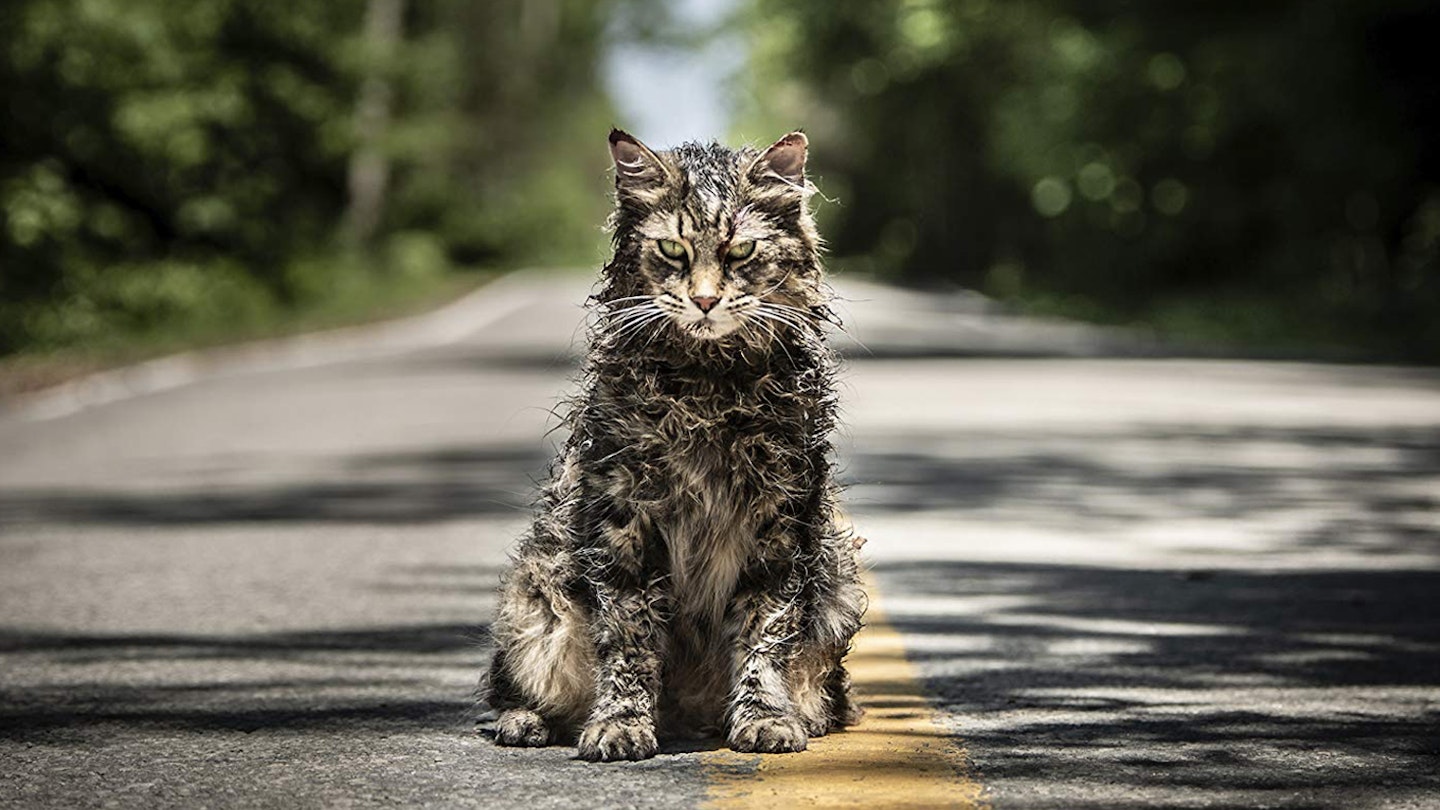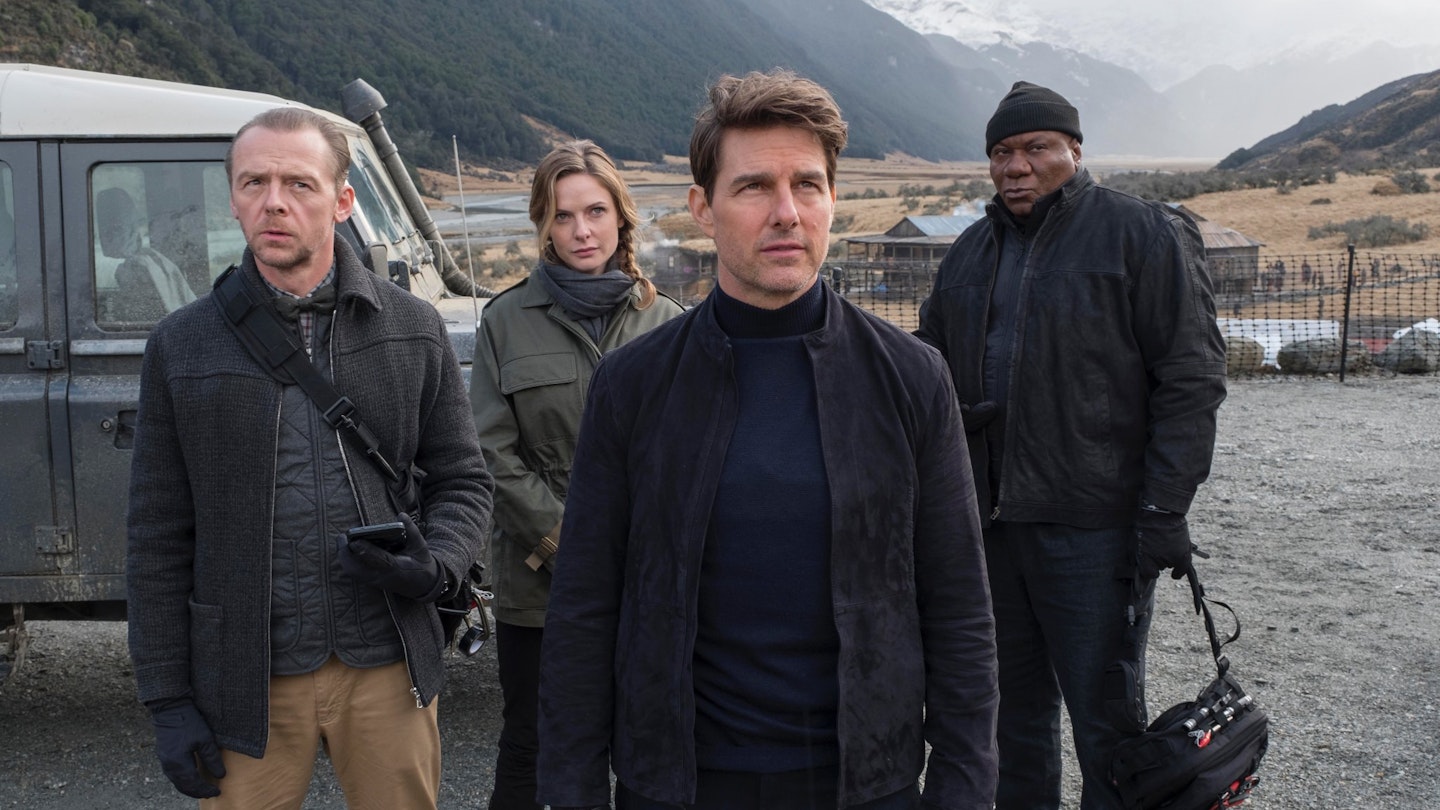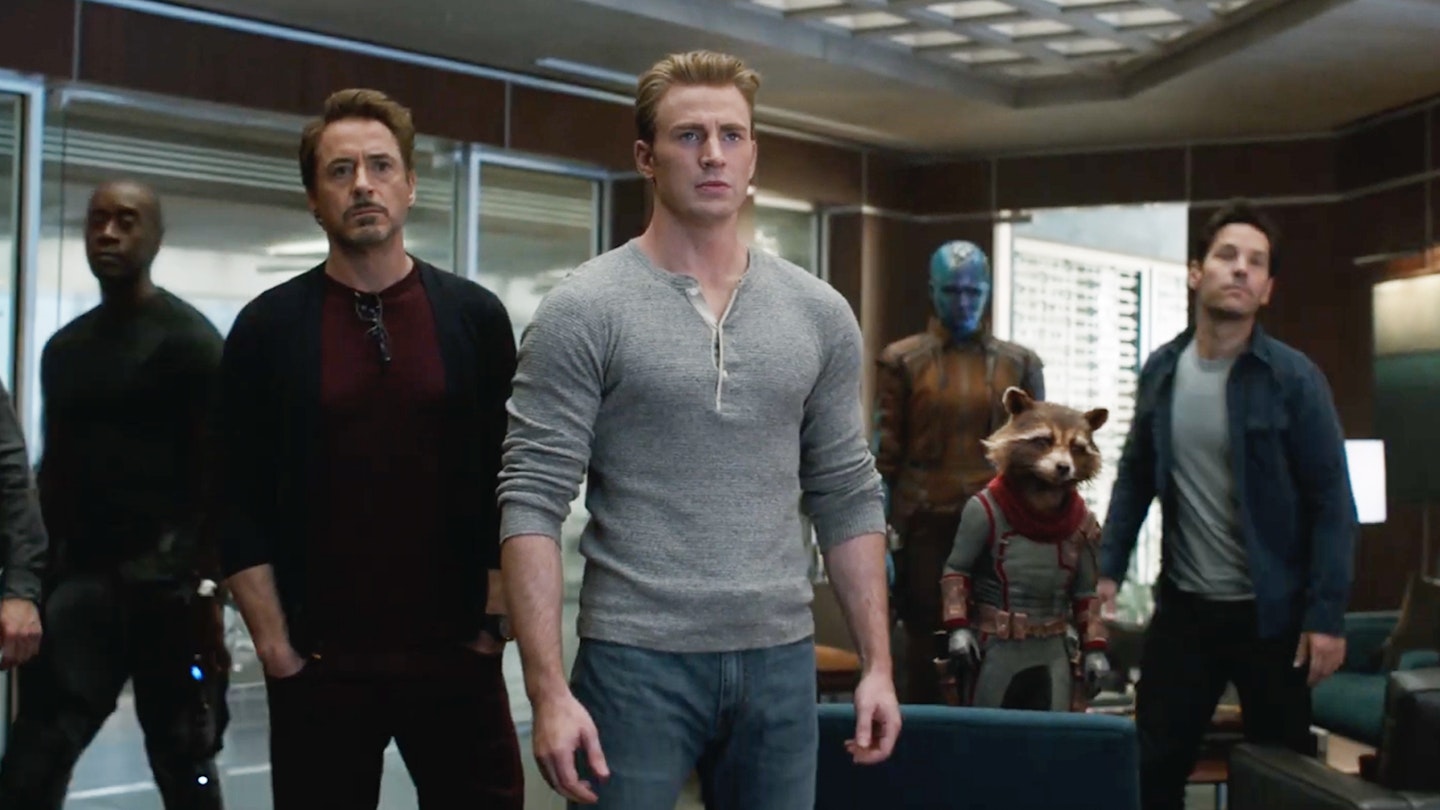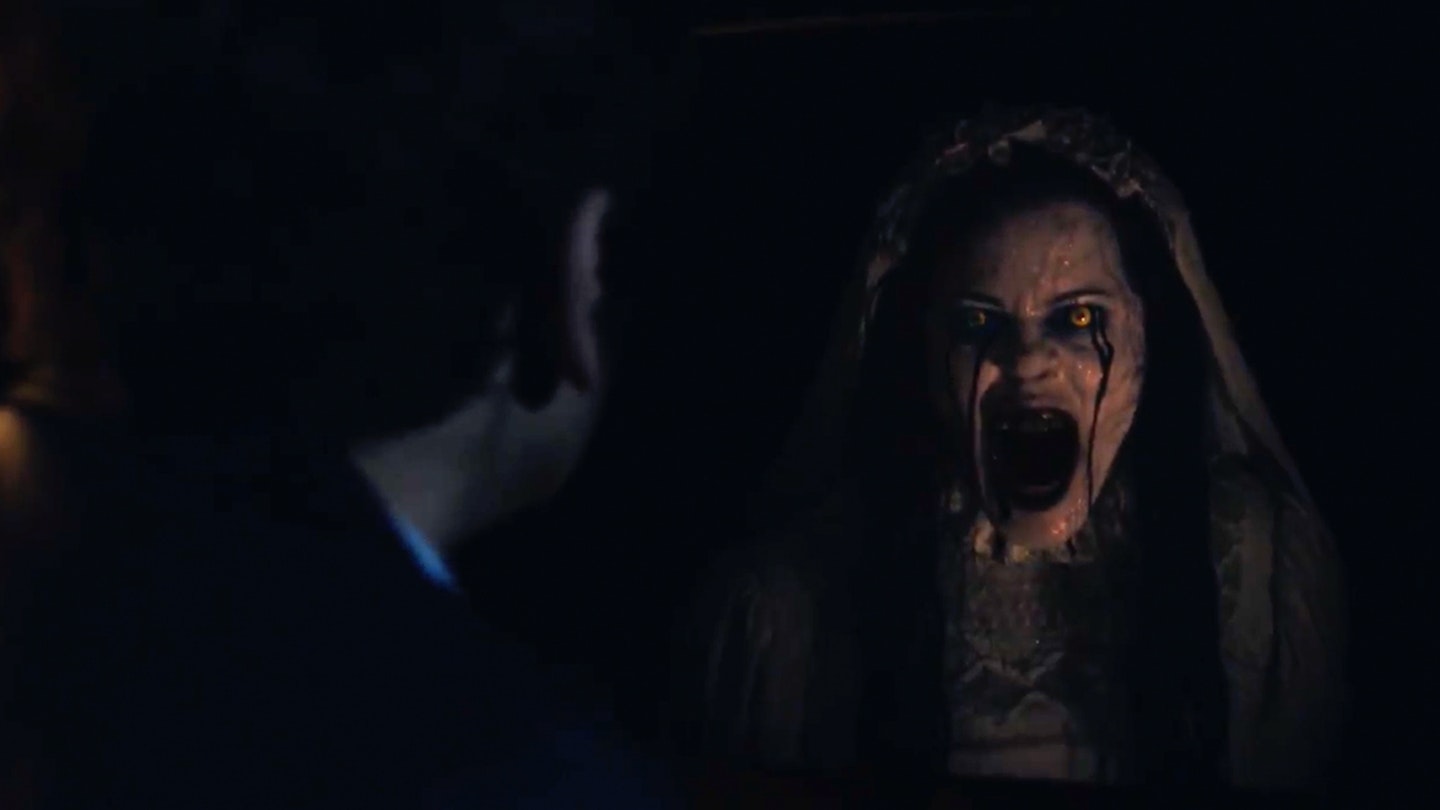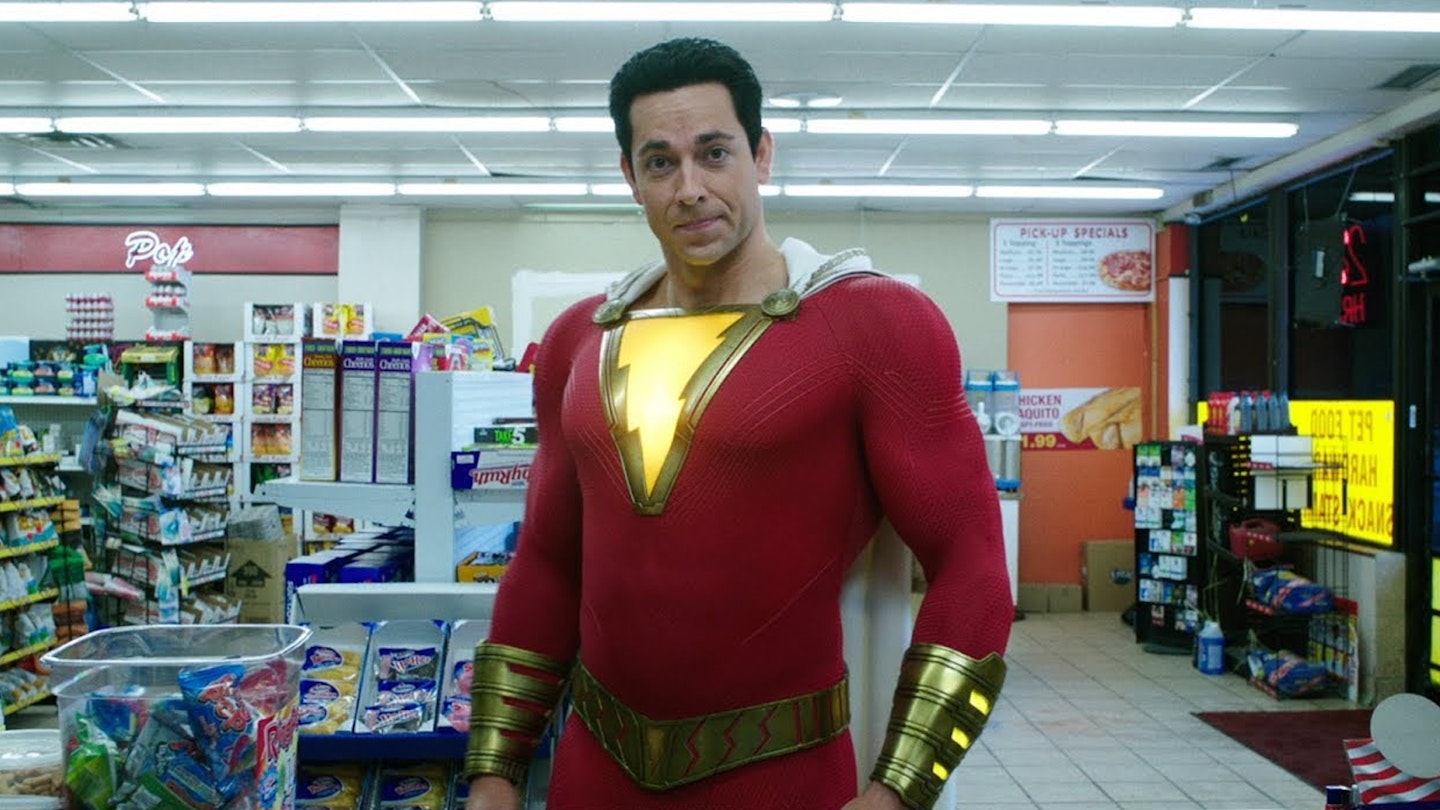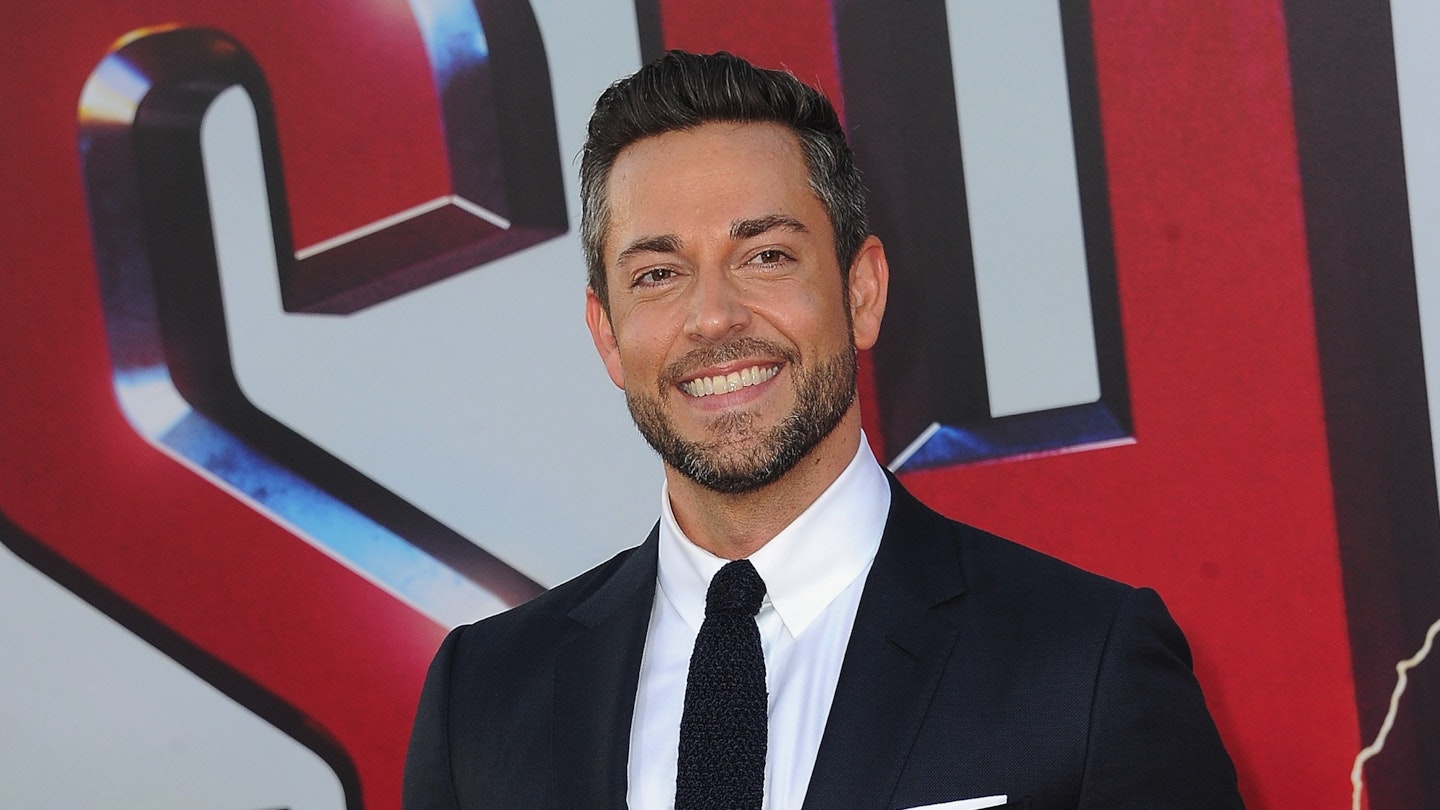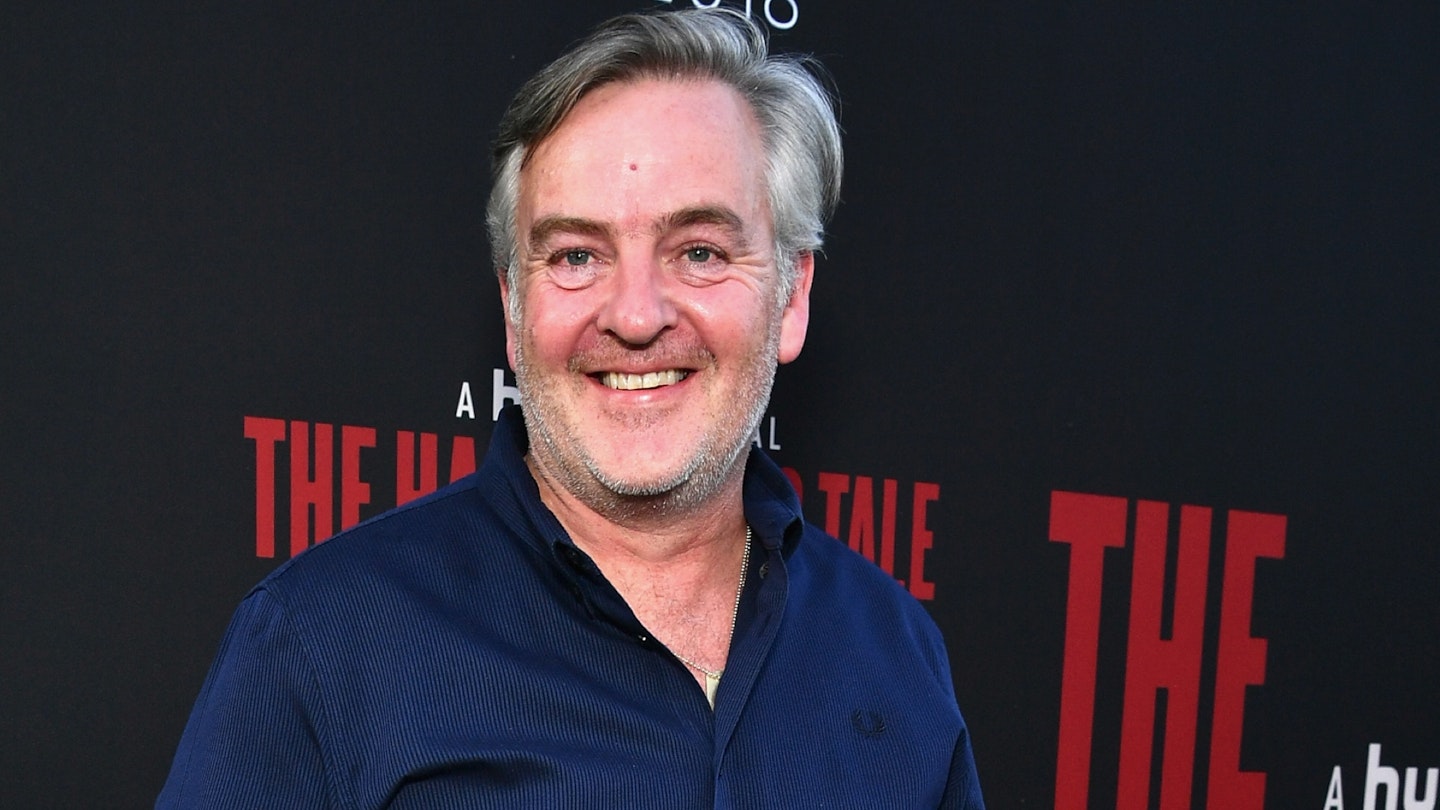Stephen King and Hollywood have never exactly been strange bedfellows, but there’s no question that the master of horror is flavour of the month right now. And while there are still plenty of King works that remain unadapted (The Girl Who Loved Tom Gordon, Revival, and From A Buick 8, to name but three), it’s perhaps inevitable that we’ve already reached the full-blown remake stage of the Kingnaissance.
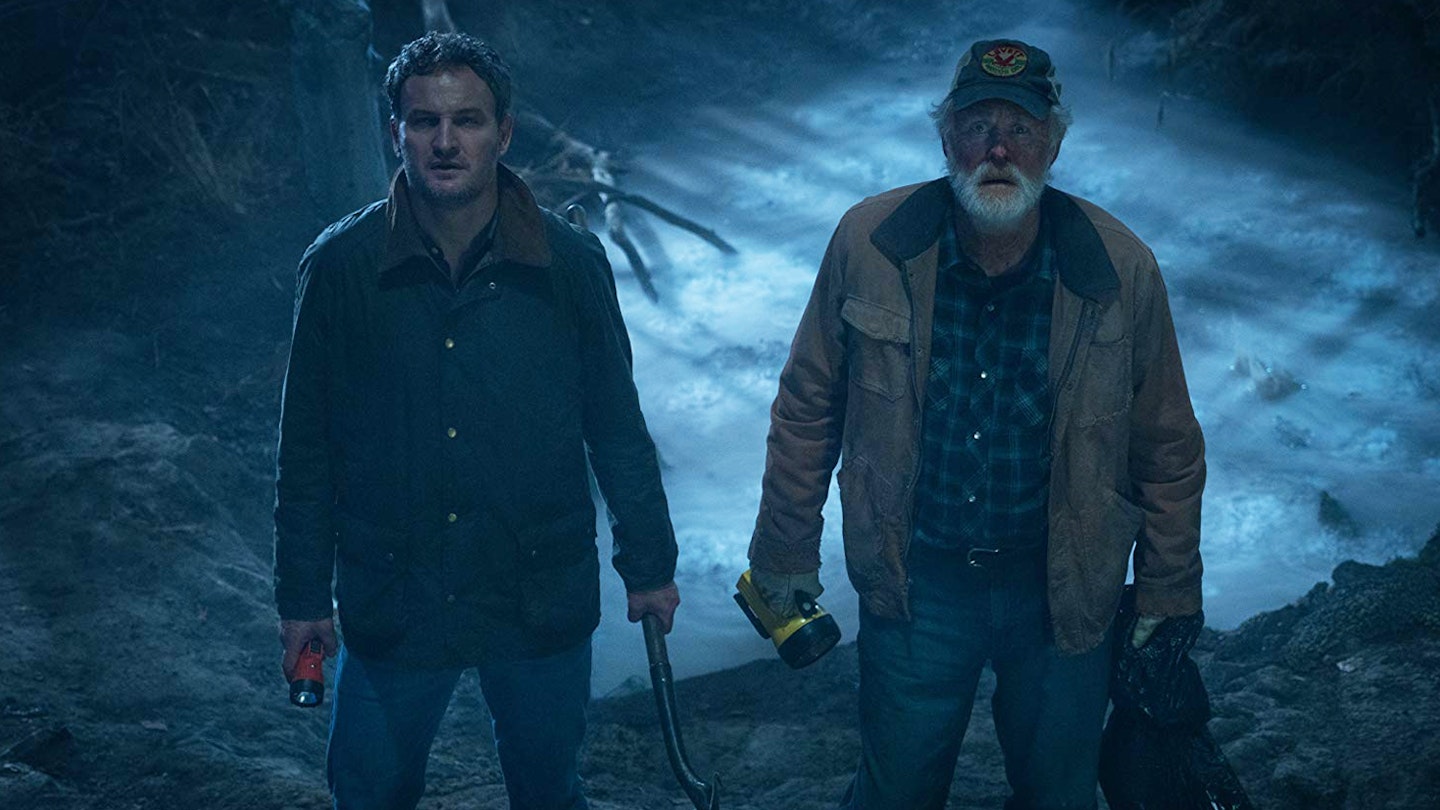
Pet Sematary is, without question, King’s darkest, bleakest, most sobering novel — so much so that the author has confessed that he once thought of not publishing it. A pitch-black examination of grief and madness, with the most heartrending thing any parent can go through — the death of a child — at its core, it’s already been made once before for the big screen, in the guise of Mary Lambert’s lurid 1989 version.
A more serious-minded take on the source material.
But thirty years have passed, and so here come co-directors Kevin Kölsch and Dennis Widmyer to tell the tale again. ‘Again’ being the operative word. For this is, by and large, exactly the same tale. There are some twists in the tale — including one fairly major change, which we won’t spoil here, that increases the physical threat posed by the recently deceased, but is much less horrifying than the original version of events — but otherwise this is fairly faithful to the King novel. It’s a more serious-minded take on the source material than Lambert’s film, with Laurie Rose’s tastefully composed framing, the muted colour pallet, and the sinister, unyielding stare of the creepy undead cat, Church (played here by four feline thesps), conjuring up a deadly serious, dread-filled atmosphere. Lambert was able to throw in a goofy King cameo. There’s no such levity here.
The performances reflect that. John Lithgow twinkles as Jud Crandall, the Creeds’ kindly neighbour, while Jeté Laurence shines as their daughter, Ellie, who is given more time in the spotlight than her young brother, Gage, this time around. It’s Clarke — a huge upgrade on the wooden Dale Midkiff — who’s the anchor, his blue eyes becoming increasingly distant and haunted as he gives into madness and grief. He’s excellent, but it seems sometimes that the directors are so keen to get to the bits everybody remembers (yes, there’s a bit with a huge lorry. Yes, there’s a bit of business with a straight razor) that they skip over some key stages in Louis’ breakdown. Excising a crucial bit of backstory from the narrative also makes Jud’s offer to bury Church in an ancient Native American burial ground, knowing all the chaos it might unleash, fairly inexplicable.
Still, if the carefully calibrated atmosphere doesn’t get you, the jump scares will. And there are plenty of those by the time the third act rolls around, when the movie turns into a fairly straightforward slasher, complete with logic holes you could drive an 18-wheeler truck through.
